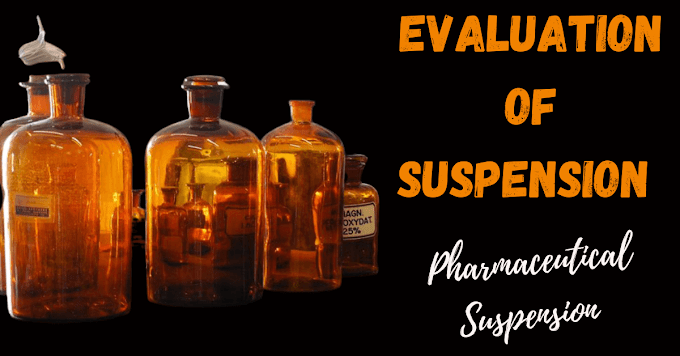Pre-Compression Evaluation
The condition in which any powder or granules are subjected to some mechanical force is called compaction. These types of forces are required in the preparation of granulation and manufacturing of tablet dosage form. As well as handling powder.
The compression of the two-phase system (mainly solid and gas) due to applied force is known as compaction. Compression means a reduction in the bulk volume of the material (Powder) due to this, a result of displacement of the gaseous phase.
While performing the Pre-compression evaluation of tablets, when an active ingredient is identified then one can focus on how the product will be formulated and by which way it is to be administered.
Generally, stability, as well as solubility, affects these conditions of performance of any drugs.
Whenever the first sample of any new drug is available, many experiments should be conducted to examine any suspicious problem area.
If any defect or failure is fine, then the team should decide on some modification so that it can improve the overall drug properties.
These modifications may provide an increase in chemical instability and bioavailability. The molecular form of the drug advancing from the pre-compression evaluation of tablets should have an actual chance of a successful drug development process.
When the molecular form of the drug has been selected, then the objective of this phase is to determine the physical and chemical properties that will help in developing a safe, effective, and stable formulation including the greatest bioavailability.
Evaluation (Pre-Compression )
Bulk Density
Bulk density is determined by the ratio of the total mass of powder to the bulk volume of powder. It is calculated by pouring the weighed powder (which is passed through standard sieve #20) into a measuring cylinder and the initial weight is noted down. The initial volume is called bulk volume. Thebulk density is calculated by the formula given. It is represented in gm/ml and is given by;
Bulk density (r) = mass (m) / bulk volume (vb)
Tapped Density
The tapped density is determined by the ratio of the total mass of the powder to the tapped volume of the powder. Tapped volume is calculated by tapping the powder up to 750 times and noting the tapped volume. It is represented in gm/ml and is given by;Tapped density (rt) = mass( m) / tapped volume (vt)
The Angle of Repose
The angle of repose of granules is measured through the funnel method. In a funnel, The correct weight granules are taken. The height of the funnel is adjusted in such a way that the tip of the funnel just touched the apex of the granules. Through the funnel, the granules are allowed to flow freely on the surface. The diameter of the granule cone was measured and the angle of repose is calculated using the following equation.
q = tan-1 h/r
Where,
q = angle of repose
h = height of the pile
r = radius of pile
Flow Properties and Corresponding Angle of Repose
| Flow property | Angle of repose (degree) |
|---|---|
| Excellent | 25 - 30 |
| Good | 31 - 35 |
| Fair and not needed | 36 - 40 |
| Passable may hang up | 41 - 45 |
| Poor | 46 - 55 |
| Very poor | 56 - 65 |
Hausner’s Ratio
Hausner’s ratio indicates the flow-ability and packing ability of the tablet. When Hausner’s ratio closed to 1, materials have acceptable flow and packing ability. This is calculated by the ratio of tapped density as well as to the bulk density of samples. It is calculated using the following equation.
Hausner’s ratio =
Tapped density / Bulk density
Carr’s Index (%compressibility)
Carr’s index or %compressibility indicates the powder flow property and packing ability of the tablet. By the given equation this can be calculated. When the % compressibility ranges from 5 to 16, the material has acceptable flow properties and packing ability of the tablet.Carr’s Compressibility Index (%) =
Tapped density – Bulk density / Tapped density *100
The Scale of Flow – Ability
| Hausner ratio | Compressibility index | Flow description |
|---|---|---|
| 1.00 – 1.11 | ≥10 | Excellent |
| 1.12 -1.18 | 11 -15 | Good |
| 1.19 -1.25 | 16 - 20 | Fair |
| 1.26 – 1.34 | 21 – 25 | Passable |
| 1.35 – 1.45 | 26 -31 | Poor |
| 1.45 – 1.59 | 32 -37 | Very poor |
Read more: What is the tablet dosage form?
Read more: Solid oral dosage Forms (Tablet or Capsules)
Read more: What are the Excipients used in Tablet Manufacturing?
Read more: What are common tablet defects appear in the manufacturing of tablets





.png)
0 Comments